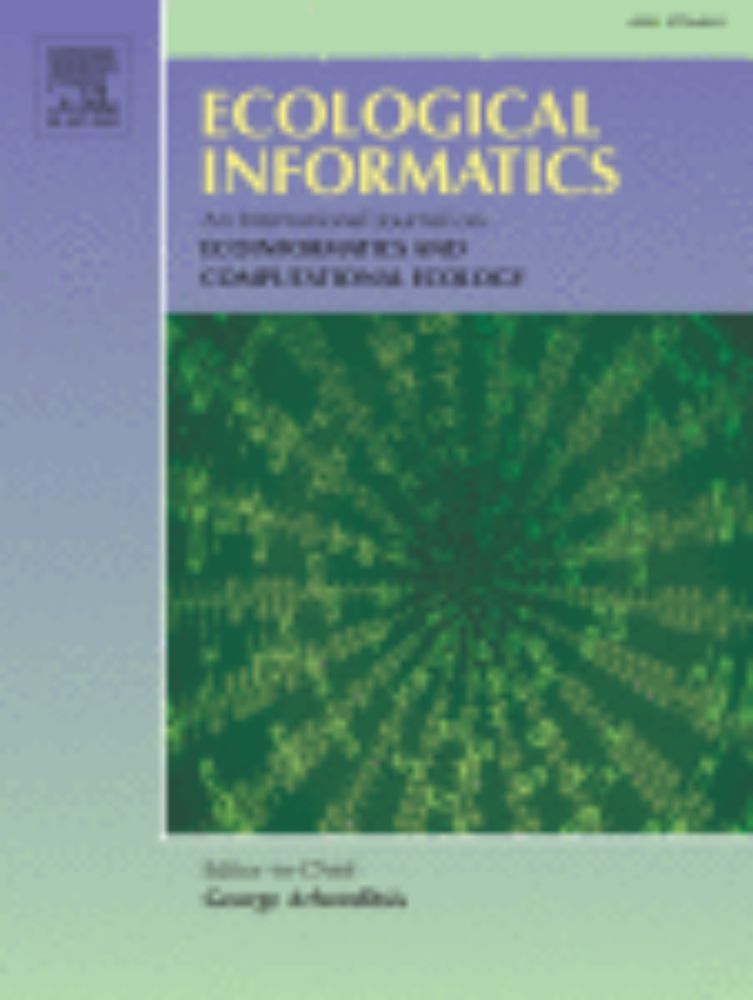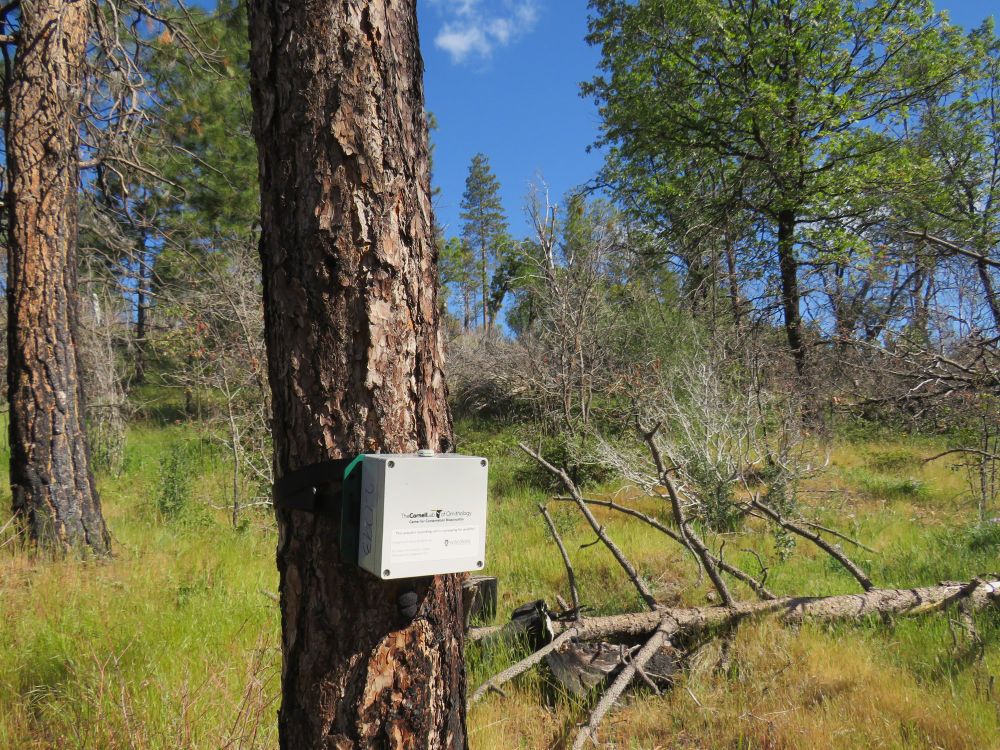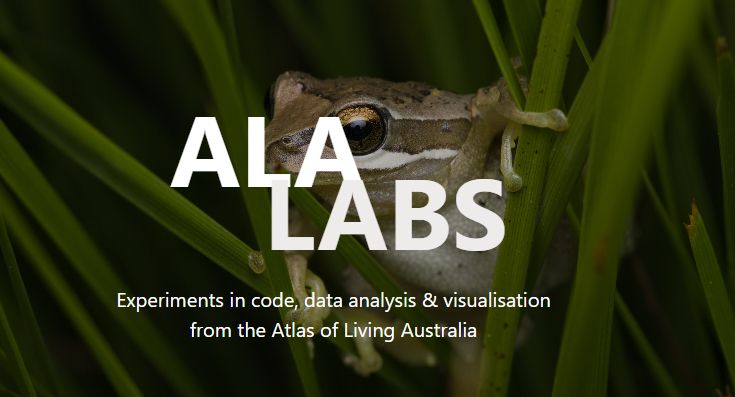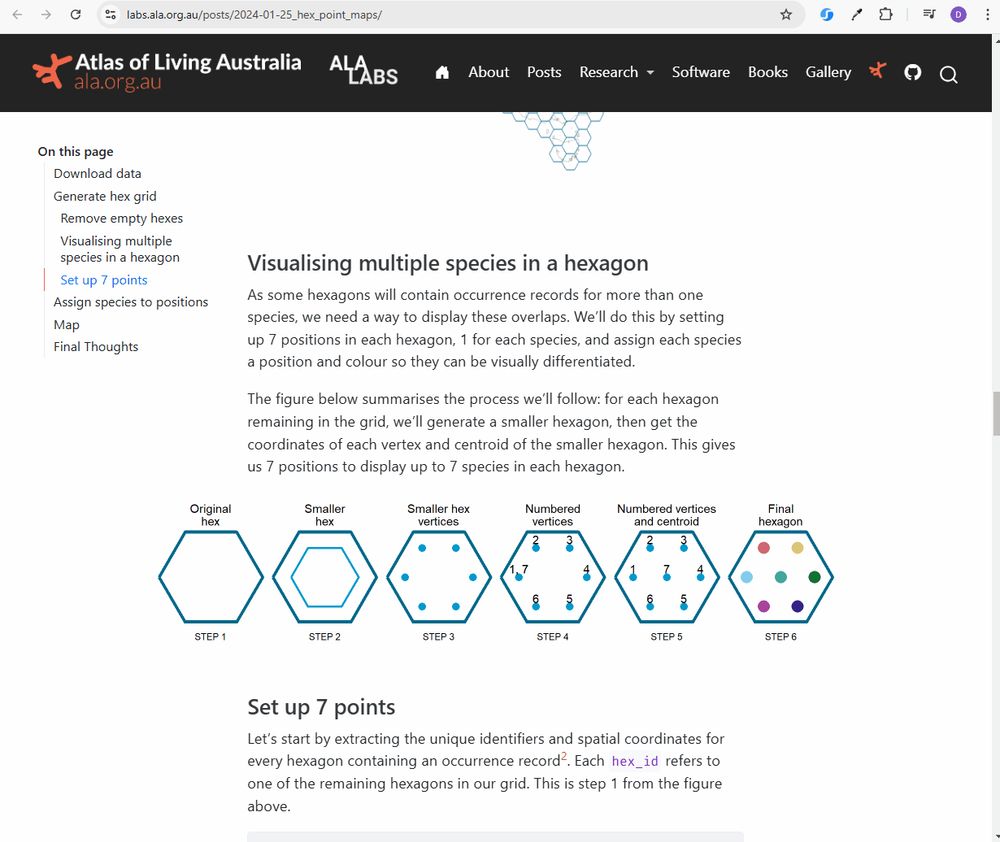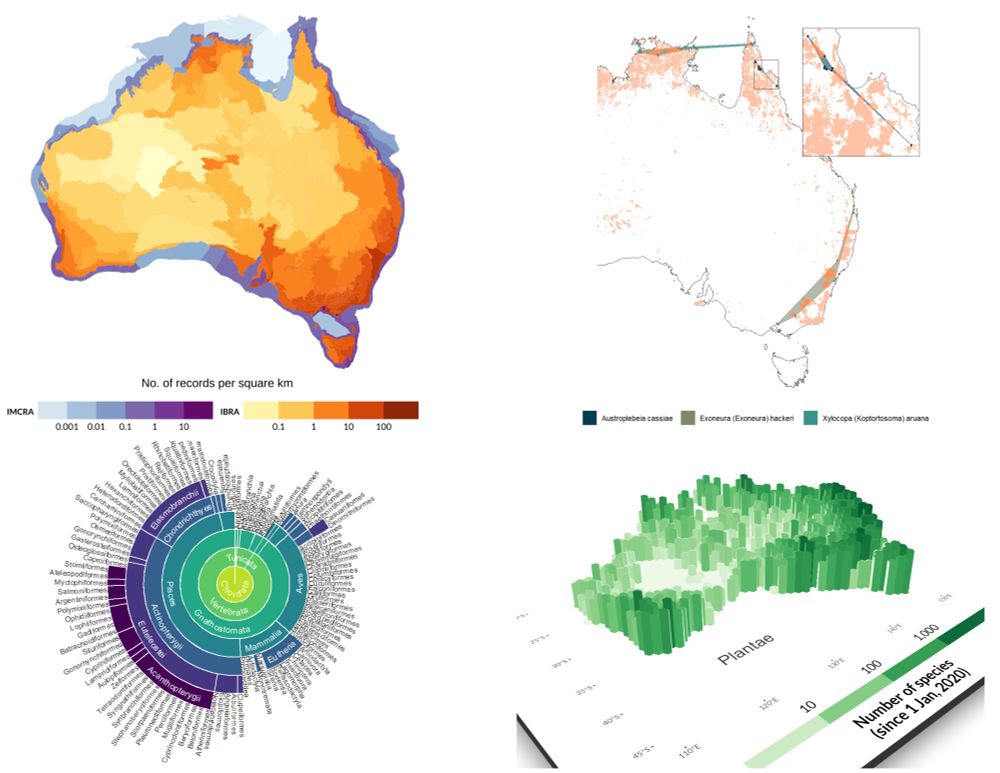Sebastian Hoefer
@taiapo.bsky.social
880 followers
310 following
13 posts
Wildlife Biologist with a soft spot for scaly friends
Postdoc studying ecoacoustics, conservation & biodiversity 🦎🐸🐨🦜🎶
linktr.ee/taiapo
Posts
Media
Videos
Starter Packs
Pinned
Reposted by Sebastian Hoefer
Sebastian Hoefer
@taiapo.bsky.social
· Feb 24
Sebastian Hoefer
@taiapo.bsky.social
· Feb 23
Sebastian Hoefer
@taiapo.bsky.social
· Dec 27
Reposted by Sebastian Hoefer
Reposted by Sebastian Hoefer
Reposted by Sebastian Hoefer
Sebastian Hoefer
@taiapo.bsky.social
· Dec 5

Sebastian HOEFER | Postdoctoral Researcher | Bachelor of Science (Hons) | James Cook University, Townsville | JCU | Research profile
I am a wildlife biologist with a particular interest in the behavioural ecology and conservation of reptiles and amphibians. Currently, I work on ecoacoustics in terrestrial environments.
www.researchgate.net
Sebastian Hoefer
@taiapo.bsky.social
· Dec 5
Sebastian Hoefer
@taiapo.bsky.social
· Dec 3
Sebastian Hoefer
@taiapo.bsky.social
· Nov 30
Reposted by Sebastian Hoefer
Reposted by Sebastian Hoefer
John Griffin
@jngriffy.bsky.social
· Nov 28

The value of field research in academia
From anthropology to zoology, immersion within communities, cultural settings, and study systems is integral to research and learning (1, 2). Fieldwork, the direct observation and collection of data i...
www.science.org
Reposted by Sebastian Hoefer
Nicolas Mainville
@carbonick.bsky.social
· Nov 28

Car tyres shed a quarter of all microplastics in the environment – urgent action is needed
Tiny flakes of plastic, generated by the wear and tear of normal driving, eventually accumulate in the soil, in rivers and lakes, and even in our food.
theconversation.com
Sebastian Hoefer
@taiapo.bsky.social
· Nov 26
Sebastian Hoefer
@taiapo.bsky.social
· Nov 26


